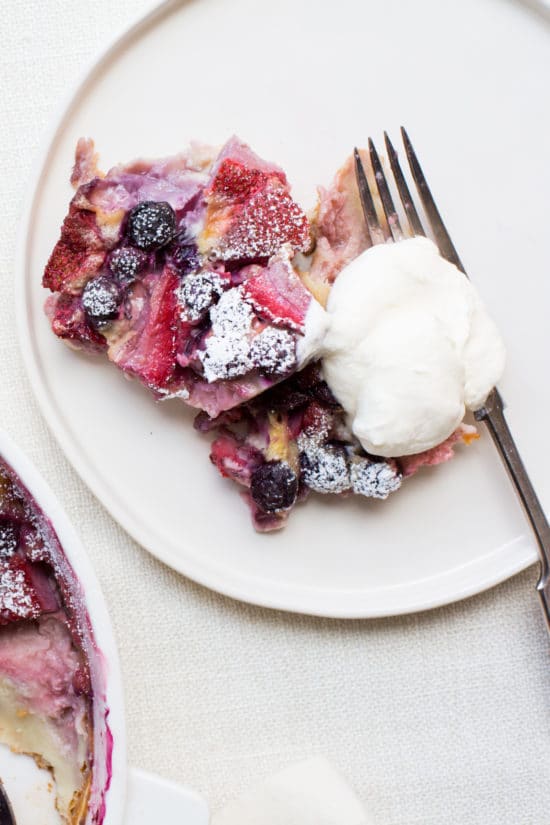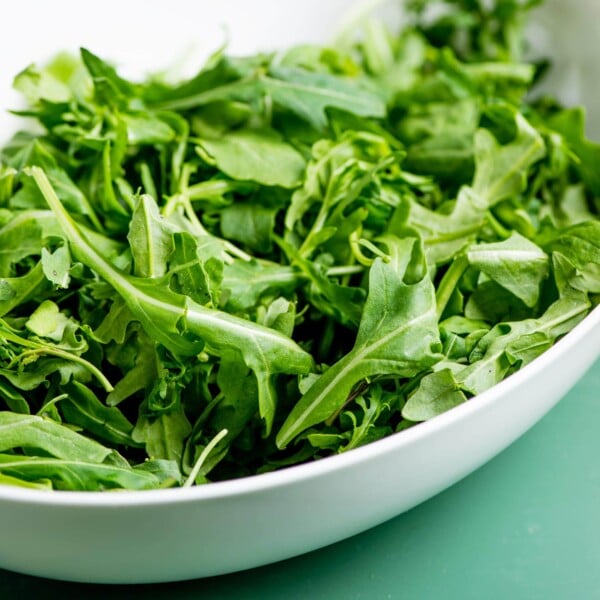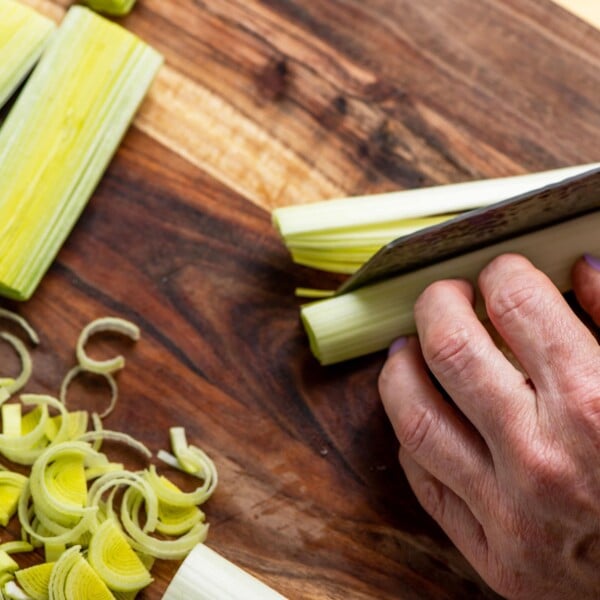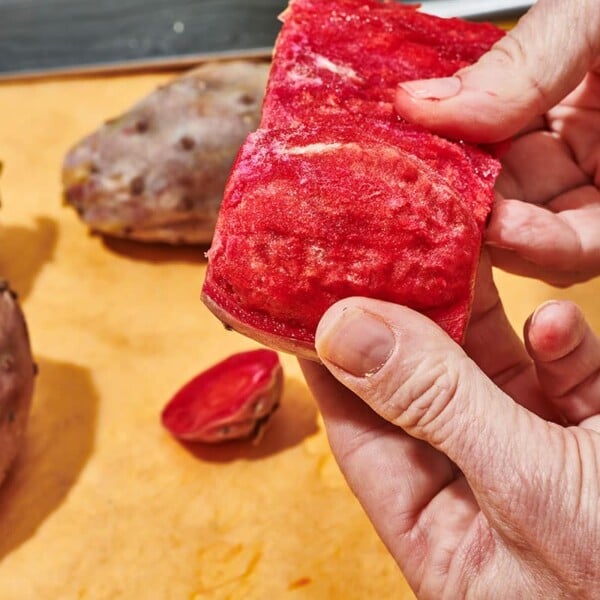10 Surprising Foods to Freeze
on Apr 24, 2020, Updated Apr 27, 2023
This post may contain affiliate links. Please read our disclosure policy.
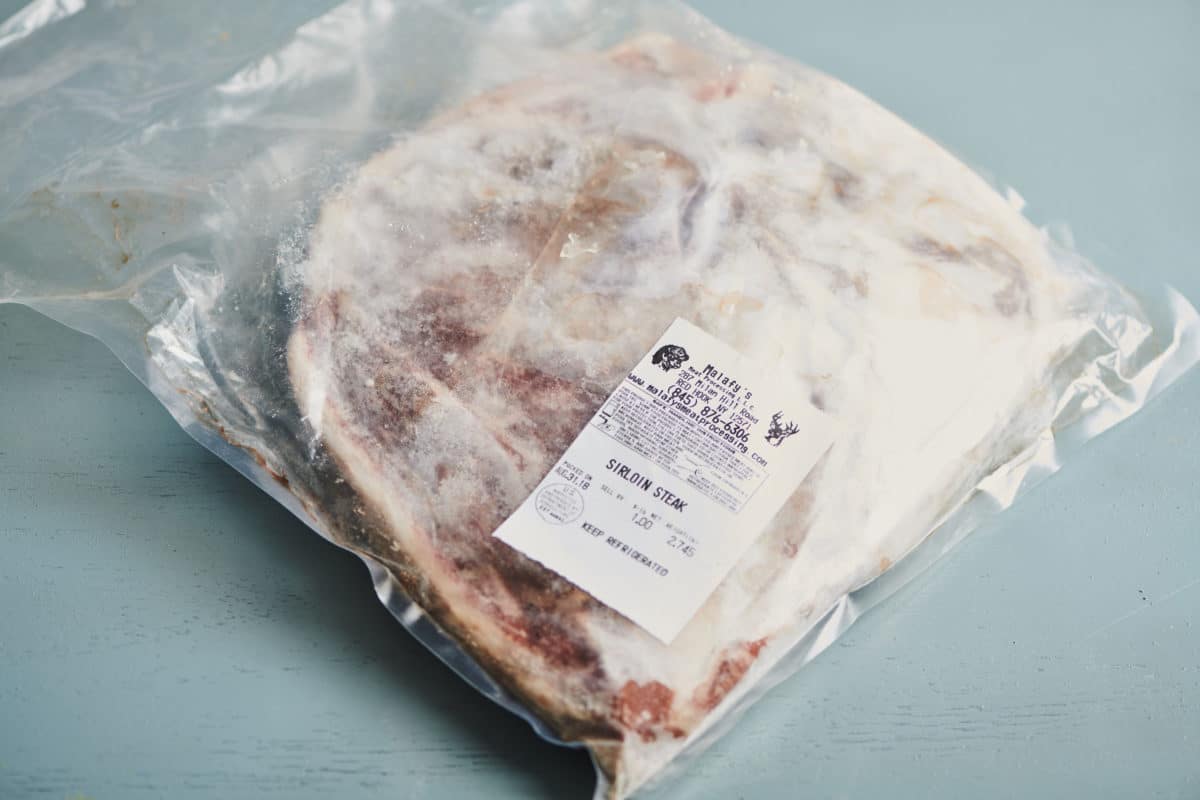
Do you think of your freezer as an extension of your pantry? You should! Yes, we certainly know that the freezer is a marvelous holding pen for emergency frozen dinners, packaged frozen vegetables, and ice cream. But what else can you use your freezer for, to have spare ingredients at the ready? And which non-obvious ingredients might be frozen to store in excellent condition?
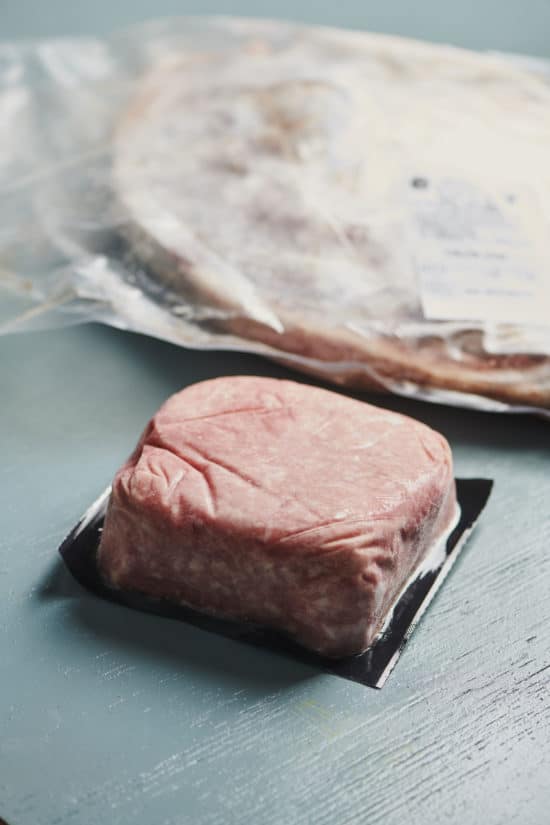
General Tips for Freezing Food
- Use freezer-proof plastic zipper top bags. These bags will be labeled for the freezer, instead of just storage, and they are thicker and sturdier, and therefore will keep foods fresher.
- Press out excess air. Air is the enemy of storage, so the more air you can remove from the package, the better. If you happen to have one of those vacuum sealer machines, then you are off to the races; if not, press down on the bag to push out excess air before you seal up the bag tightly.
- Leave a bit of headroom. Even though excess air can affect storage time negatively, if you are freezing items in containers, make sure to leave about ½ inch headroom at the top, as some foods, especially liquids, expand slightly when frozen. This will ensure that the food fills the container as it freezes, but doesn’t expand and pop off the lid.
- Make sure to label the name of the food, and the date you put it into the freezer. We all think we’ll remember what’s what….but pureed raspberries can look a lot like tomato paste when they surface in the back of the freezer!
Foods that Freeze Well
1. Shredded Cheese
If you buy bulk bags of cheese, more than you can use in a couple of weeks’ time, divide them into smaller freezer safe bags. Other hard cheese can be frozen in chunks, but shredded freezes best – you can even use the cheese directly from the freezer, as it defrosts very quickly. It will last for 6 to 8 months in the freezer.
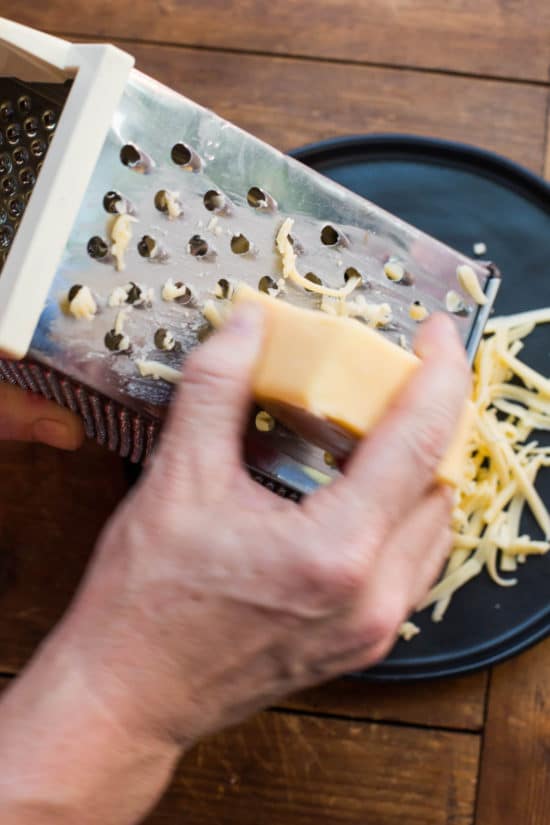
2. Homemade Pancakes or Waffles
Don’t throw out those breakfast leftovers! Freeze them first on a baking sheet in a single layer, then wrap them in plastic wrap with a layer of wax or parchment paper in between each, and slip them into freezer-proof zipper top bags, and freeze for up to 2 months. You can defrost and heat these in the microwave.

3. Fresh Herbs:
You can roughly chop any fresh herb and then fill an ice cube tray with 1 tablespoon of the herb into each compartment, and fill it up the sections with a little broth, water, or olive oil and freeze.
Once the herby ice cubes are frozen, transfer them to a zipper proof plastic bag, seal well, label and pop back into the freezer. These will last for 2 months. Defrost before using, unless you are throwing one into a soup or stew. They will not be able to be used as a garnish, as their texture will be affected, but can be used in dressings and marinades and such.
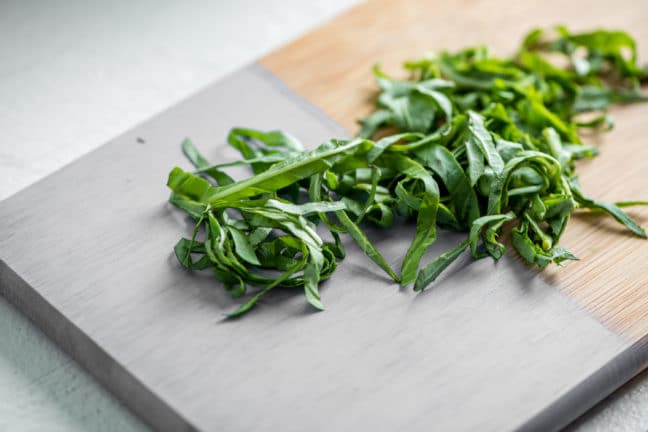
4. Tomato Paste
This is one of my favorites. When a recipe calls for 1 tablespoon of tomato paste, and you have the rest of the can to deal with, don’t cover it with foil and shove it into the back of the fridge. Scrape it into a freezer proof bag, press out the air, freeze, and use within 6 months. Snap off pieces as you need it – just guess-timate what a tablespoon would be, and usually you can just add it frozen to a recipe – most recipes calling for tomato paste involve heating it and it will melt and blend in quickly.
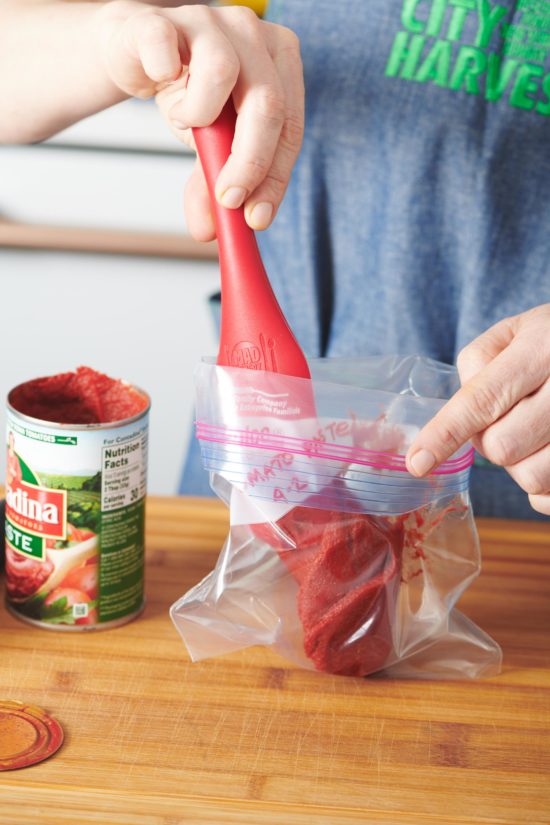
5. Cooked Grains
Not only is this a great way to save leftover rice, quinoa, farro and so on, it’s a smart way to meal plan. Make extra grains when you make a batch for dinner, and then freeze them in small containers or bags for future use. These will last for about 3 months. Defrost in the fridge, or if you are adding them to a dish, you can add them still frozen.
6. Whole Fruit
Bananas freeze up beautifully right in their own skins – bonus, no plastic required! Defrost, peel and use them in baked goods, like banana bread. Thawed or still frozen they are great in smoothies.
You can also freeze whole tomatoes or peaches, with their peels still on – wash, dry and core or pit them, then freeze in freezer proof bags or containers. When you thaw them, even partially, you can slip their skins right off.
The tomatoes can then be chopped and uses in sauces and other cooked dishes, the peaches in baked goods and smoothies. Some people skip the coring and the bags, and just freeze the fruit loose with their skins intact. These will last for 3 to 4 months.
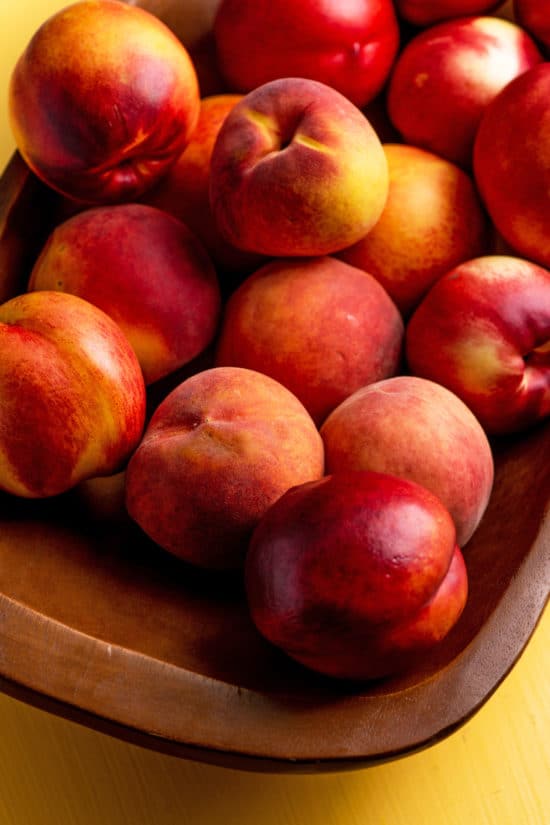
7. Bread
You can double wrap bread in foil, and then slide it into a freezer proof bag. This is a great way to save half of a baguette or other nice bakery loaf for another time. Thaw it on the counter for several hours, or in a 300°F-ish oven – how long depends on the size of the loaf.
Packaged sliced bread can stay in its bag, and then be slipped into a freezer proof plastic bag. Pull out slices as you need them – they will defrost quickly at room temperature. Frozen bread will last for about 3 months.
8. Fresh Ginger
You can freeze whole knobs of ginger, either peeled or unpeeled, in zipper top freezer proof bags. You can grate it directly from the freezer, as once grated it will soften very quickly. It will last for 6 months in the freezer.
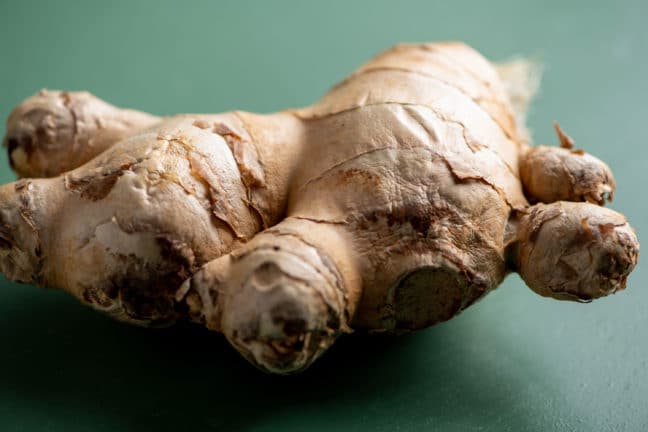
9. Citrus Rinds/Zest
Many recipes just call for the juice of a lemon, lime or orange, but the rinds have lovely flavor locked up in their oils. Before you juice the fruit, either use a vegetable peeler to remove strips of the zest (the brightly colored outer part of the peel, leaving the more bitt white pith behind), or grate the zest with a microplane or grater. Store the zest in either form in tiny containers.
You can use these to brighten up the flavors of stews, soups, tagines, marinades, and so on. The grated zest can also be used to add flavor to dressings and sauces. Remove bigger pieces of rind before serving whatever dish you make. This will last for 4 to 6 months.
10. Whipped Cream
This is a cute one. If you have leftover whipped cream, or a can of whipped cream that is nearing its expiration date, scoop or spray fat dollops of whipped cream onto a small tray or plate. Place in the freezer, and when solid, transfer to a container or freezer proof bag. Freeze, and the pull out as you which to float in a mug of hot chocolate! These will last for about 2 months.
